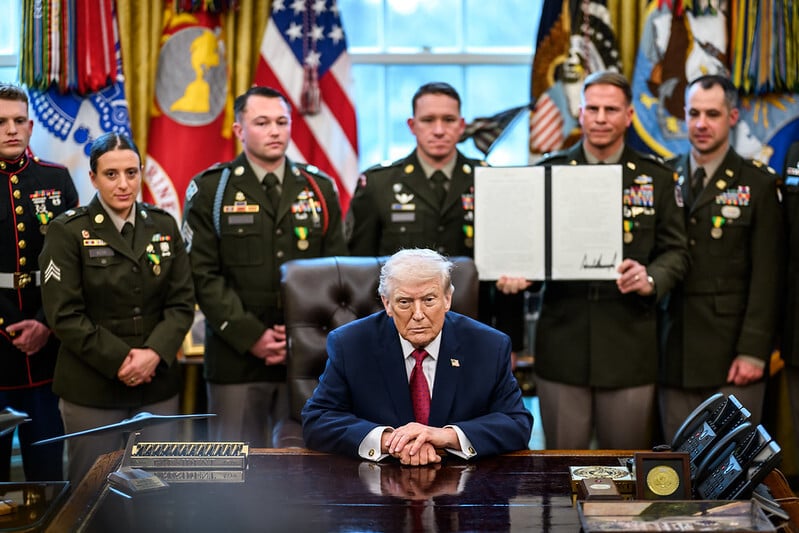Hello, and welcome to the LatAm Report, your pulse on Latin America’s power plays and economics. If you have any questions about this newsletter, or topics you’d like to see covered in future issues, you can reach us at [email protected]

Mixed results for Petro’s “total peace” strategy in Colombia

Colombian military officials in Salento. Photo: Diego Alejandro Rojas/Shutterstock
Since the peace agreement between the Colombian State and the Marxist FARC rural guerrilla in 2016, the country has been hoping for full normalization across its territory, although other rebel groups still remain active.
Total peace. Left-winger Gustavo Petro, a former member of the M-16 urban guerrilla which had also made peace with the State decades ago, campaigned for the presidency in 2022 with the promise of “total peace”: demobilizing all remaining armed groups, with the aid of social programs to address what he saw as the factors underlying their existence.
👉 Why it matters. The conflict has been at the heart of Colombian politics since the 1950s and continued to shape the country despite the end of the Cold War in the 1990s, with the US military supporting the Colombian right and Venezuela backing left-wing guerrillas.
Drug trafficking has financed much of the illegal arms purchases on all sides, adding another layer of complexity to the conflict in a country known for being the world’s largest producer of cocaine.
🌎 LatAm Report
Twice a week, this newsletter delivers expert analysis of Latin America’s political, business and social trends.
Subscribe nowThis subscription also gets you:
- 🌞 Brazil Daily
- 🚜 Brazil Agro
- 💼 Brazil Business
- 🌳 Brazil Climate
- 💬 Brazil Society
- ⚽ Brazil Sports










